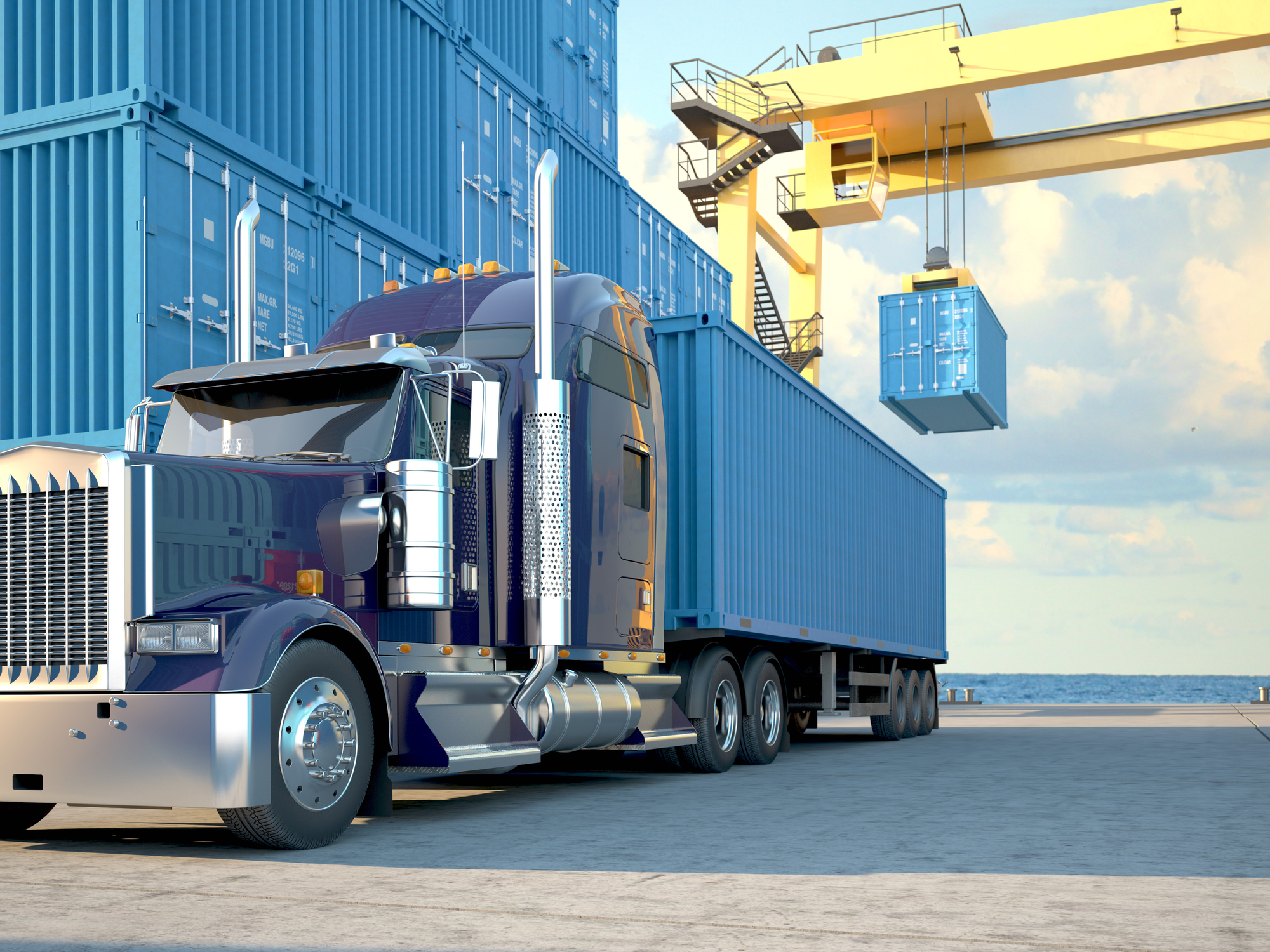
Logistics - First Class!
(904) 549-6950

Selecting the right container for your freight is a critical step in ensuring that goods arrive safely, efficiently, and on time. However, with so many container types, sizes, and features available, making the right choice can seem overwhelming.
Here’s a comprehensive guide to help businesses make informed decisions.
The first step in choosing a container is knowing what you’re shipping. Different goods have unique requirements:
Matching the container type to your cargo ensures safe transport and prevents damage.
Containers come in standard sizes, most commonly 20-foot and 40-foot units. However, your choice should depend on:
Choosing the correct size reduces shipping costs, maximizes space utilization, and avoids logistical complications.
Every container has a maximum payload capacity. Exceeding these limits can lead to fines, damage, or safety hazards. Be sure to calculate your cargo weight accurately and select a container rated for your load.
Some shipments may be exposed to extreme temperatures, humidity, or rough handling. Consider containers with features like:
The right features help protect your freight throughout its journey.
Containers should comply with ISO standards and industry regulations. Look for features like:
Ensuring compliance reduces delays at ports and provides peace of mind.
While it’s tempting to choose the cheapest option, consider the overall efficiency. The right container minimizes damage, reduces handling time, and improves fuel and space utilization—ultimately saving money.